Mary's Prayer
Each night, I climb into bed and reach for a four-hundred-page anthology of Mary Oliver’s poetry on my nightstand. I share a poem with my husband John, who has just generously read many pages of history or scripture to me. A couple of poems is the least I can do.
Mary Oliver helps us pause. She drinks the sun, listens to stones, talks to owls, learns from trees. Her poems, like cascading waterfalls, are spellbinding and silencing. Our breathing slows and deepens as we let her vision of the world sink in.
As a child, Oliver took to the woods near her home in Maple Hill Heights, Ohio, preferring the shady sanctuary to her family or other children her age. Nearly every morning of her adult life, she woke early to read the world—morning dew decorating bright green moss, drunk bees buzzing among daffodils, otters sleeping in the morning sun, goldenrod bowing and rising in the wind.
Her poems are saturated with sounds, movements, and colors that come from decades of quiet observation. They drip with tenderness not just for the gray fox killed on the roadside but for the owl flying off with its small, furry dinner.
She learns from the steadfastness of trees and the seasonal exuberance of roses. She finds hope in the hermit crab’s ingenuity and humor, in the dolphin’s chatter. The open sky is her refuge, and the crying loon her solace.
Calmed by Oliver’s menagerie, John and I kiss each other good night, turn out the lights, say a prayer, and lie down to sleep.
When I awake, I take my dog Scout to the woods near my home. I walk, trying to see like Mary Oliver, pausing to smell the languid, aromatic wisteria. To gaze at the bright white egrets standing watch in the trees. To listen to the honking geese calling for the world to stop and listen. And there I am, with my quiet, black dog, who chases the cold air and suddenly stops to study a tuft of wet grass.
I’m a novice at impersonating Mary Oliver. Yet I’m full to the brim with gratitude for her, for her writings teach me how to pray.
Not the kind of prayer that begins with a salutation, followed by a heartfelt thank you, and then onto the heart of the matter—what I desperately want—and then closing with a cordial farewell. Not the kind that is filled with thee’s and thou’s and “no harm befall us.” Nor the kind that contains an interminable monologue that doesn’t pause for a response.
Mary Oliver’s prayers don’t begin or end. They don’t ask or need. They are an eternal round of beauty, of love, of wisdom. Each animal is God’s fingerprint. The scent of each flower is a celebration of this most precious life. A pond holds ineffable truths.
When I am watchful, each moment is a prayer.
I can listen to a crying friend and hear the words she cannot say.
I can read a parable, feel its crescendo, and hear its call to action. On my knees I whisper, “Now I know what to do.”
I can stare down a relentless habit, kick it in the teeth, and bury it for good.
When I swim, each breath is a reminder that I am alive. Each stroke is a salute to that life.
When I eat, with each bite I thank the sun, the soil, the rain, the farmers, the delivery men, the grocers that give me this day my daily bread.
When I read, I ask, “What do I need to learn?” And suddenly, a familiar passage is ablaze with prophetic fire.
When I go to my weekly gospel choir practice, our notes—winged with worship, praise, and joy—fly from our hearts heavenward. On my drive home from rehearsal, the lyrics fill the air, the melodies buzz in my head. Soon, I will be in bed reading Mary Oliver.
In the morning, I will return to the woods with Scout, with Oliver, with God—ready to call out to the geese that fly overhead, to learn from the Spanish moss that languidly hangs from the live oak trees, to drop my knees on the dew laden grass in gratitude for the wonder of each blessed morning.
In love with God, words, and people, Mary has devoted her life to all three. Raised in Chicago, schooled in Provo, nurtured in Boston, humbled in Hawaii, and nested in Charleston, South Carolina, she is most at home in deep conversation.
Art by John James Audubon (1785-1851). Courtesy of the John James Audubon Center at Mill Grove, Montgomery County Audubon Collection, and Zebra Publishing.



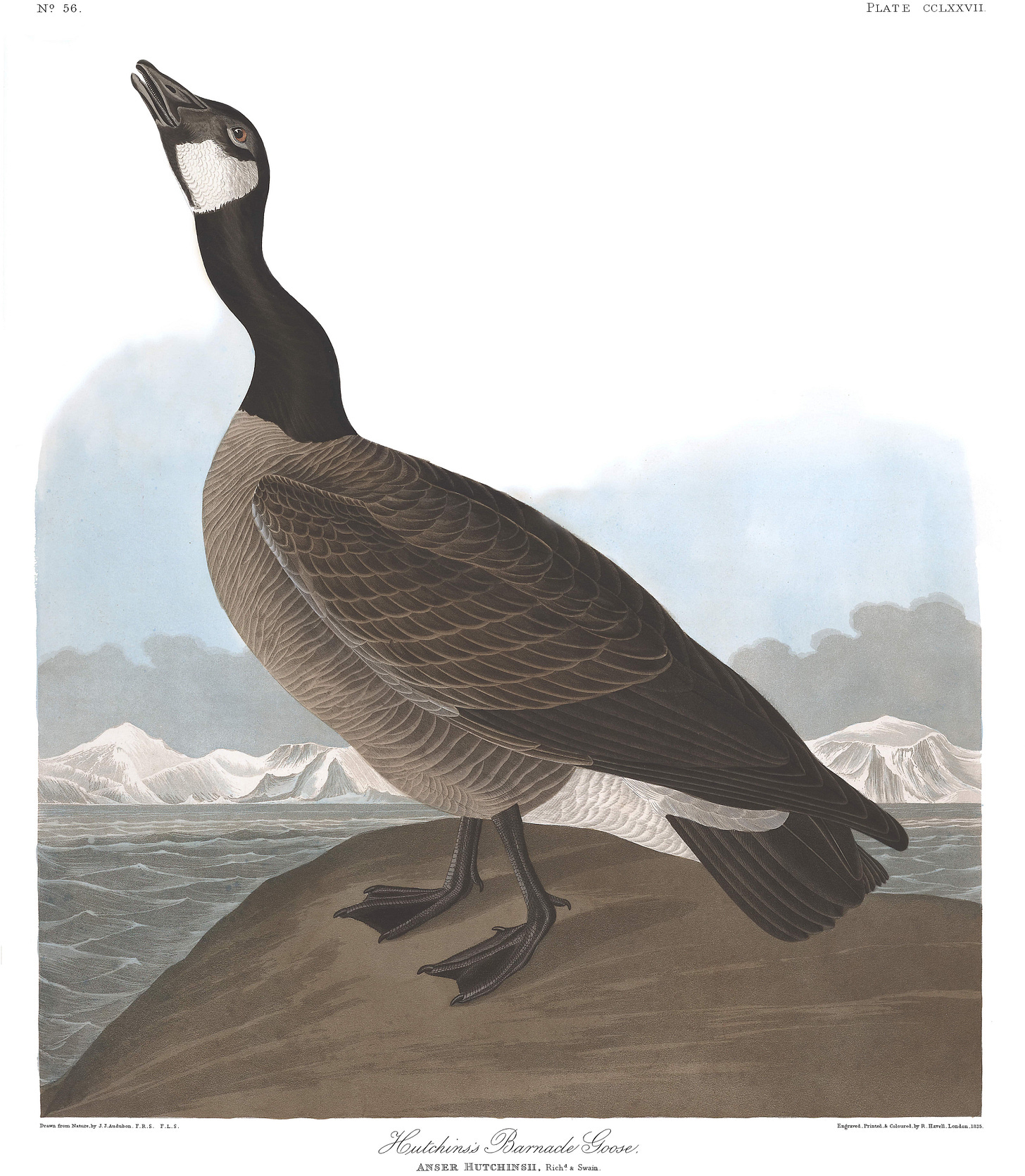
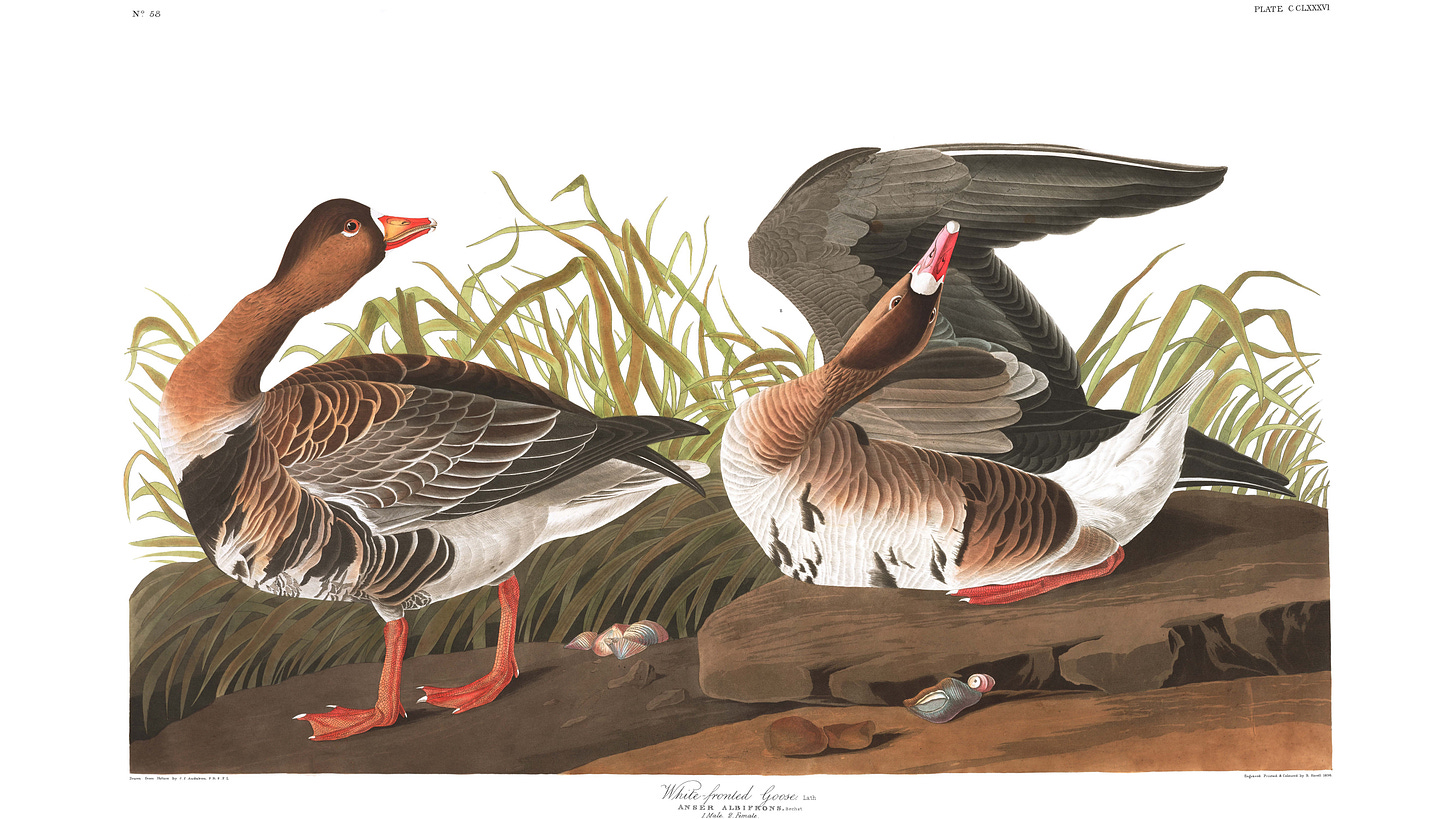
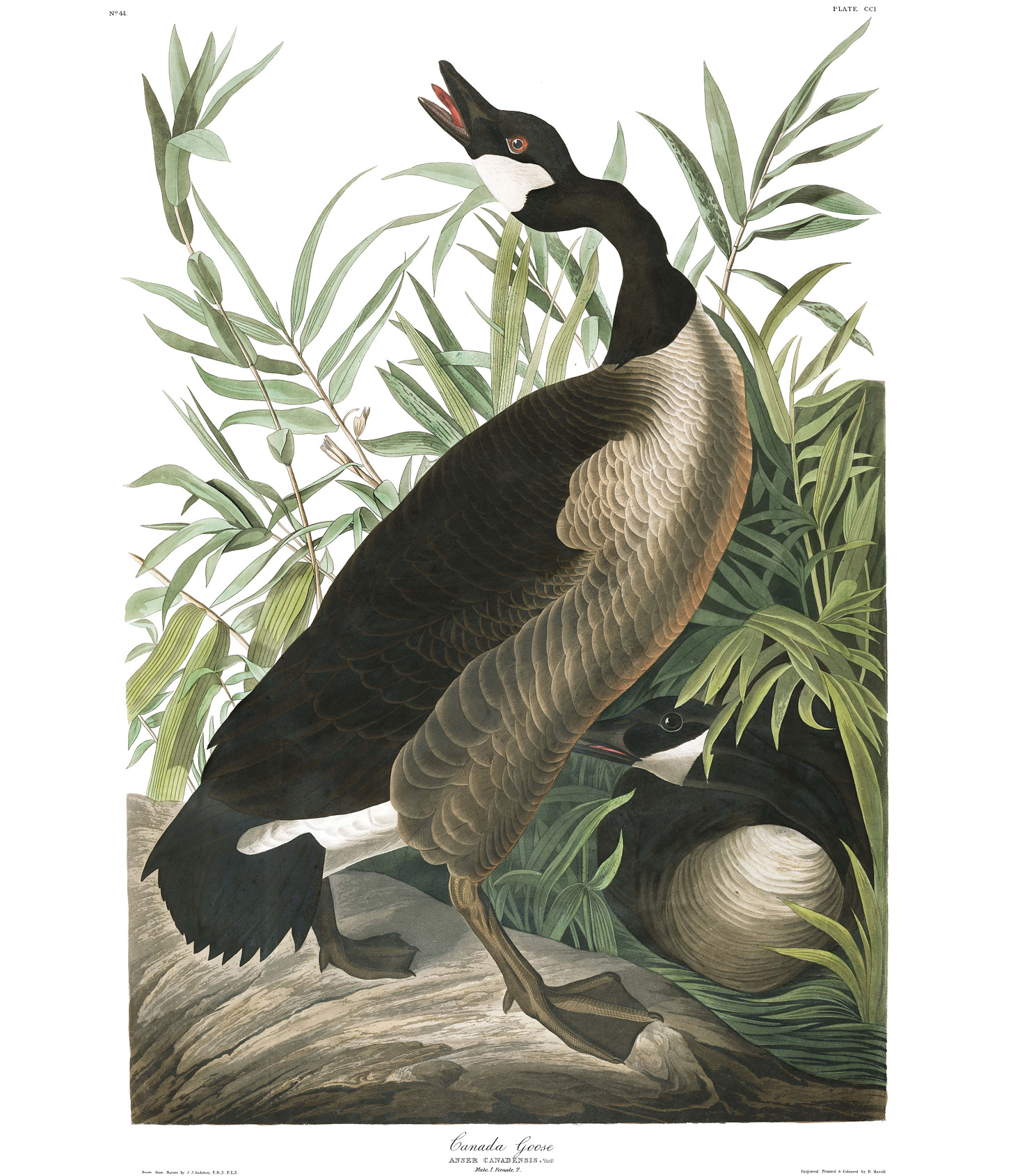
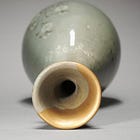
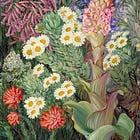
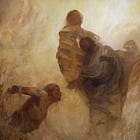

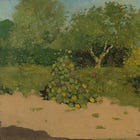

I too read Mary Oliver poems to my husband at night in bed. Thank you for your beautiful tribute, to her and the way she saw the world with such sacred reverence. You remind me to return to her poem "Why I Wake Early". "Watch now, how I start the day / in happiness, in kindness."
This touched me. Thank you for sharing your beautiful words.